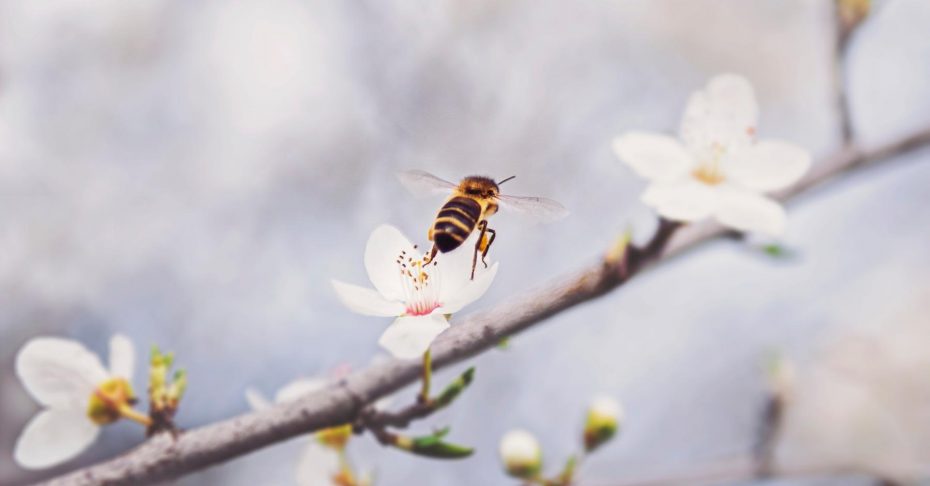Barbara McClintock worked 12 hours a day, six days a week – dedicating her life to the secrets held together by yellow kernels of starch.
“I know my corn plants intimately,” she said, “and I find it a great pleasure to know them.”
McClintock’s work focused on Zea mays, known commonly as “maize,” and the plants that produce ears of varying colors.
In the 1940s and 1950s, McClintock proved that individual genes – called “jumping genes” or “transposons” – can change places on the chromosome, producing different color patterns.
This idea refuted popular genetic theory that genes maintain fixed positions on chromosomes. McClintock, convinced the scientific community wouldn’t accept her findings, didn’t win the Nobel Prize until 40 years later.
In the decades that followed, her discovery paved the way for mapping of the corn genome, a project that has allowed agricultural researchers to genetically modify the crop to increase its tolerance to factors including drought.







